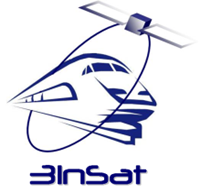
Users and their needs
- The Italian railway infrastructure manager (RFI) and the German one (DB Netz) are reference users and partners of the project; they contribute to the user requirements definition, the tests and the demonstration activities.
- Another reference user is the Roy Hill Australian private mining company which is about to accomplish the commissioning of a railway line (based on Ansaldo STS signalling solution) to transfer iron from mines to the port. The high technology cab signalling system provides improved safety for track related activities and increases operational efficiencies. This project is the first in the world that has specified a satellite-based train control system with a SIL4 train localization function at System Level.
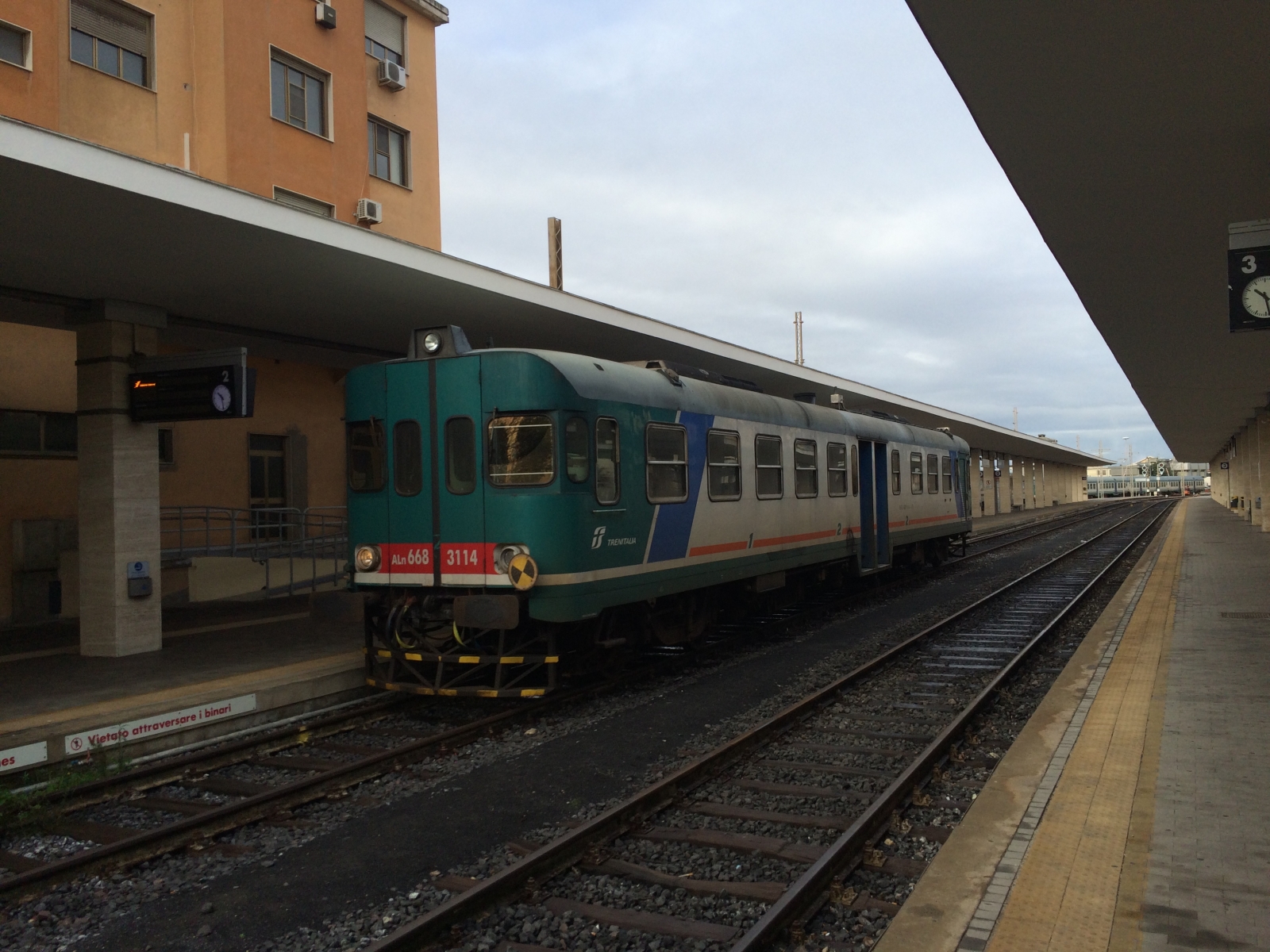
The worldwide potential market for satellite-based train control systems is quite large. The demand is driven by the growth of the core signalling market (+6% year), the government directive in the USA and to some extent in Russia, the new private players (the mining sector) and the need to modernize old and low traffic lines in Europe.
An important market force is the need to deploy new railway lines in areas where maintenance costs are prohibitive (South Africa, Russia, Australia, Brazil). These needs can be fulfilled adopting satellite technologies in order to reduce trackside circuitry and equipment to the largest extent.
The primary market segments for the satellite-based ERTMS systems are the following ones:
1) Freight lines for mining services
2) Local lines
3) Regional lines
In European Countries, Australia, Russia, Brazil, South Africa.
Service/ system concept
The SIL-4 train localisation at signalling system level shall be developed in accordance with the CENELEC norms and the tolerable hazard rate (THR) for train GNSS Location Determination System (LDS) shall be derived by means of the hazard analysis and risk assessment for ETCS Level 2 applications (through the reference of the ETCS Class 1 documents). This analysis will be reviewed by an assessor. The localization service will be based on the provisioning of a safety service including the liability obligations versus the service level agreement. The signalling industry is used to design, develop and deliver solutions which have been certified according to the safety requirements. The customer will be responsible for maintaining the EMI environment associated with the system during the commissioning phases.
Concerning the telecommunication component, the system integrator has to procure the telecommunication network fully optimized with its train control system. With the exception of some customers that procure and operate the telecommunication network by themselves, such a network is under the responsibility of the system integrator.
The 3InSAT project will include the following four main developments:
- The GNSS simulator to analyse achievable performance under different conditions (e.g. rail network topology, head-ends, confidence errors, environment). The overall architecture of the simulator is composed of the three main parts representing the whole GNSS-LDS System:
- RS - Reference Stations;
- TALS - Track Area LDS Safety server;
- OBU - On Board Unit.
- GNSS-LDS simulator can work either with real data or with simulated data.
- The LDS system integrated with ERTMS functions will provide a SIL4 compliant positioning solution at the Signalling System Level, through association of different SatNav receivers and on-board information (odometer). The LDS will make use of a proprietary Augmentation and Integrity Monitoring network able to guarantee the required level of accuracy and integrity. The On Board LDS will have independent integrity monitoring on-board capability to further mitigate GNSS errors.
- A Track Area Augmentation and Integrity Monitoring Network to be installed along the railways track.
- Bearer-independent IP based Telecommunication Network, which will combine mobile satellite services (B-GAN) with terrestrial solution (3G/4G and TETRA) to guarantee the necessary coverage and Quality of Service in relation to the overall system requirements, and compatibility with the existing on board train control system interfaces. A Mobile Access Router prototype to manage multiple wireless links at the same time will be developed.
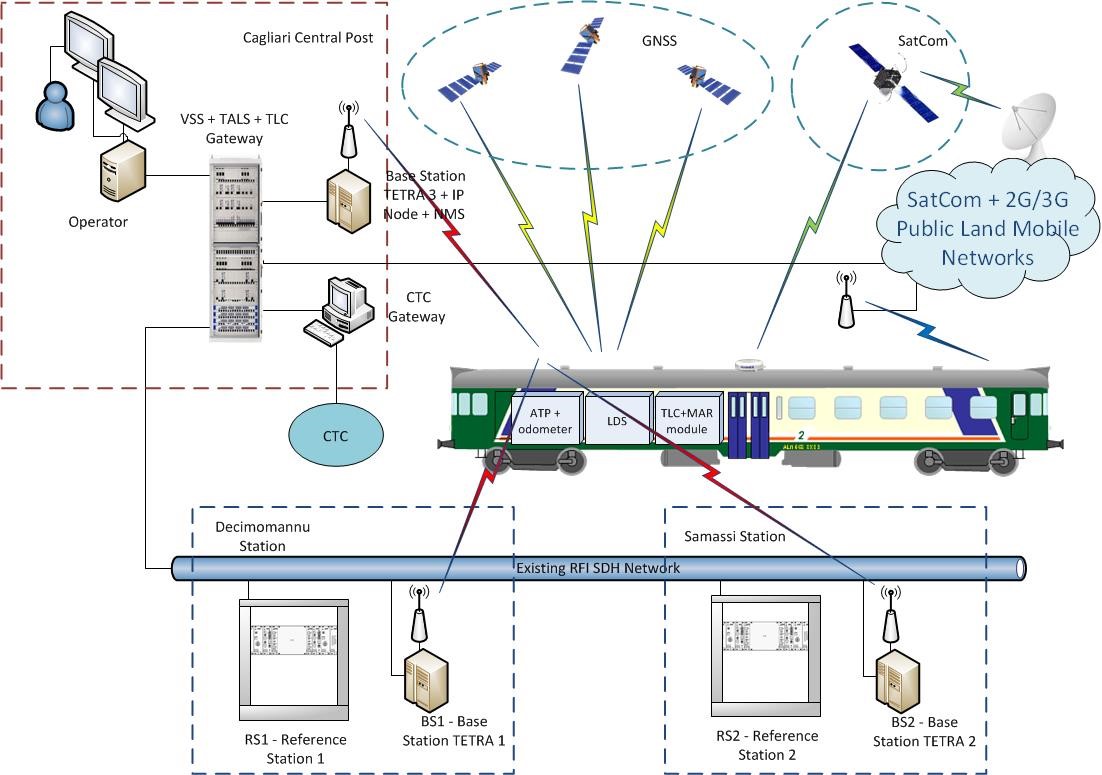
The OBU LDS computes the train position to provide virtual balises by using (a) the local GNSS signal, (b) the augmentation information for integrity monitoring, (c) the digital track map stored on board, and (d) the SIL 4 odometer data. The on board bearer-independent telecommunication subsystem will take care of ETCS messages and other important system information through the use of the MAR.

SatCom + SatNav antenna

Telecommunication module
Space Added Value
Compared to a traditional system, the life cycle cost (LCC) of a satellite-based train control system will be much lower. The market expectations for a LCC reduction are in the range of 20-40% including the costs of the new equipment and the relevant investments. Concerning the telecommunication component, the target LCC reduction compared to ground-based systems (assuming 10 years operations) is 30% to 60% including the amortization of investments to customize and certify the terminals.
The economical evaluation on Regional Network in Europe estimated that the introduction of ERTMS satellite in the Regional European Network (in the selected countries) generates benefits for about 35 billion Euro, with costs which sum up to 16 billion Euro in a 35-year time horizon.
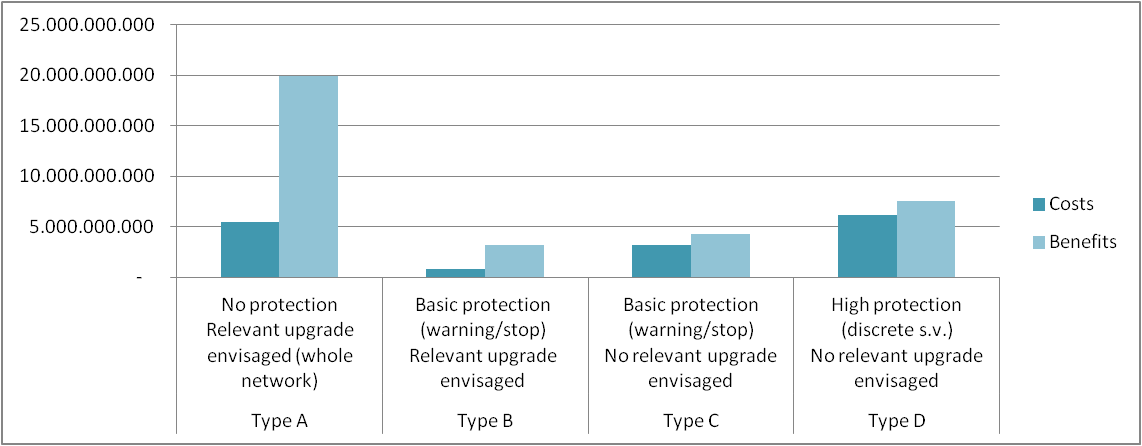
The Estimated Returns for train control providers in the project scenario are represented hereafter:
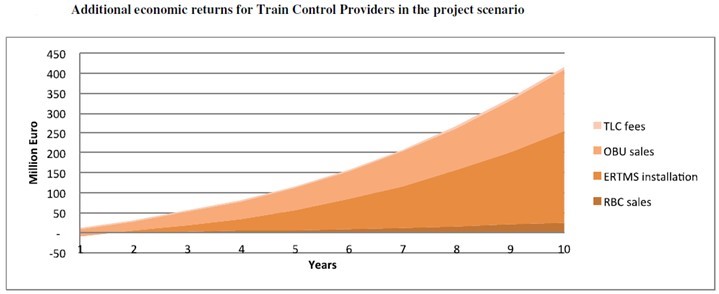
Current Status
The demonstration campaign of the integrated solution (LDS Based ERTMS Signalling System + TLC) has been completed in Sardinia trial site in February 2016. The system under test on the ALn 688 Train along the Cagliari-San Gavino railway line was composed of the following building blocks:
- Two Local Reference Stations (installed in Decimomannu and Samassi railway stations),
- the VSS (Vital Safety Server, located in the Cagliari’s Railway Station Control Center and implementing the functionalities of Radio Block Center and TALS (Track Area LDS Server)),
- the on board system (ERTMS EVC and LDS On Board Unit),
- Telecommunications network (3G/4G, TETRA and 3G/4G+SATCOM).
The equipped passenger train travelled 7300 km.
The measured KPIs have confirmed the applicability of the GNSS technology in the railway domain for the implementation of the Virtual Balise.
The telecommunications bearer independent solution (using 3G/4G SATCOM and TETRA) have reported performance in compliance with "Euroradio" protocol requirements / specifications in most of the cases, with some exceptions in particular on the “Safety Layer Connection Establishment Time”.
The successful integration between the LDS based ERTMS L2 signalling system and the bearer independent solution (where SAT link has been used as the backup) has been demonstrated. The signalling system was working in Full Supervision mode, guaranteeing full train protection.
Prime Contractor(s)
Subcontractor(s)







